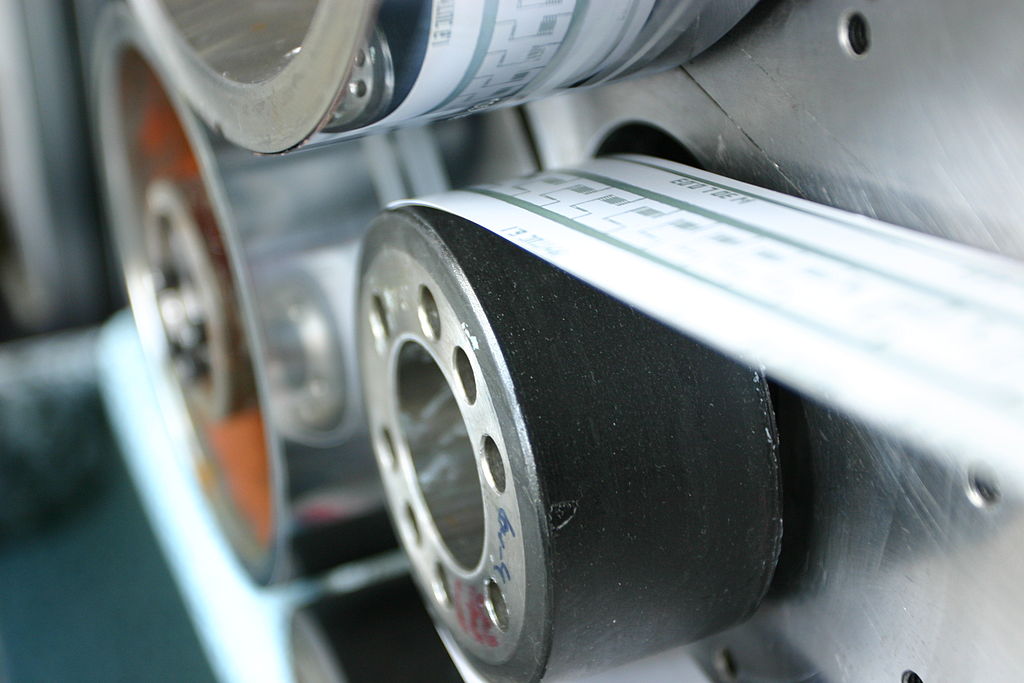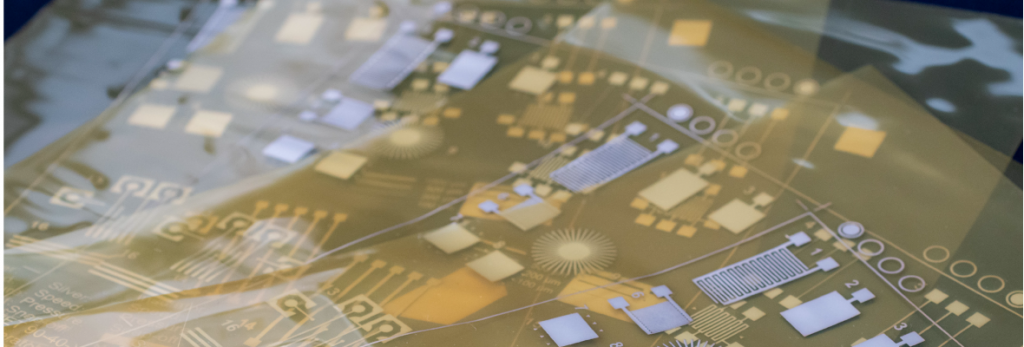The field of electrical engineering has always been quite practical and pragmatic with tangible circuits and components. However, with the advent of new technology and innovation in the industry, a new branch has been discovered that extensively and considerably impressively makes use of 3D printing. This technique is getting more popular every day and now, in this field, it will use create circuits that will be printed on multiple shapes and geometric objects.
A group of researchers and scientists got together under the leadership of Penn State researchers to come up with this advancement. Earlier, the circuits could only be printed on flat and smooth surfaces and not on edgy or rough surfaces like human skin. However, the team has devised a solution for this issue.

They have discovered a way to print biodegradable electronic materials on not only smooth surfaces but on rough ones as well. Huanyu “Larry” Cheng, Dorothy Quiggle Career Development Professor in Penn State’s Department of Engineering Science and Mechanics (ESM) has told the press that they are working on introducing smart advancements in the field with the help of direct printing on irregular surfaces. These include smart sensors, robots, and devices that are used on the human body.

The details are published in TechXplore. There are too many benefits of using this innovation to count. It does not require too much cost or heat to run. Also, it is environmentally friendly and biodegradable, making recycling easier and reduces the amount of waste created by electronics. Another advantage is the fact that the biodegradable material on the devices can be destroyed to keep the projects completely confidential as these materials are easier to break. The study is published in Material Today.


